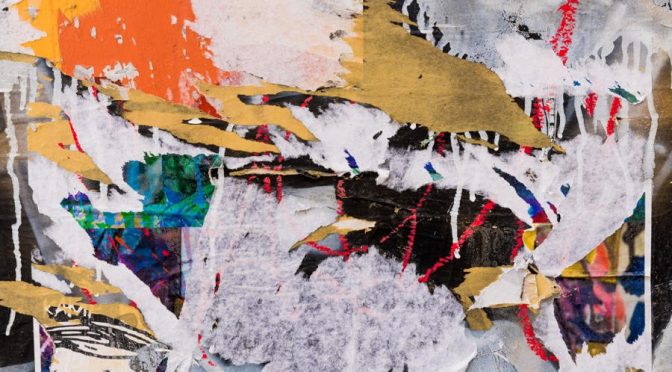He was a spaz. So bad that he once slapped a teacher right across the face. We couldn’t believe it. The whole class froze for a moment. And then sped up very fast like an old film projector breaking loose from a jam. There was David, running around the room while we lost our minds, screaming like chimps until Mrs. Oatman caught him and threw him in the bathroom where he tore it up until he went quiet. Nervously, she opened the door to check on him and he was out like a shot and running down the street; running home again.
David was a year older than us but in the same grade. He had a frenetic energy that fueled kids and exhausted adults. He came by it naturally. His dad, Dave Sr., would scream from the sidelines of our baseball games. “Run, you pollack! Run!” We couldn’t believe he called him that, his own son. But the more we laughed, the more the veins in his neck bulged. “Run you pollack! Run!”
While Sr was screaming, Jr was whispering. It was a creepy habit he’d picked up that summer. He’d heard it on the radio and thought it was hilarious to come up behind you, quiet as a black cat, and whisper in your ear: “Be quiet, big boys don’t cry. Big boys don’t cry.” We were in 4th grade and despite our recently acquired trucker mouths, we were not big boys. The act of one of our classmates whispering that in our ears was unnerving and he knew it. That’s why he did it. He was a year older, after all.
It was also the summer of the Atlanta child murders and even though we were 1200 miles away, we were enthralled with horrified fascination. They were our age, some of them. And they kept disappearing. One after another. Sometimes found, sometimes not.
“He’s gonna get us,” Dave would cackle as we raced back to our houses when the street lights came on. “He’s gonna get us!”
It didn’t matter how many times we explained that Georgia was a 12 hour drive away and that he seemed to target black kids, Dave would talk about how he was going to get us. There were countless ways he was going to get us too. In our beds, in our garages, reaching up to pull us down just before we reached the top stair. He was there and he was going to get us. Dave talked about this non-stop. HE was in every conversation, every drawing, everywhere. Dave talked and talked and talked about him.
Until one day Dave disappeared, and we never saw him again.
Songs featured:
“One of These Nights” by Eagles
“Angelina” by Daystar
“I’m Not in Love” by 10 CC










